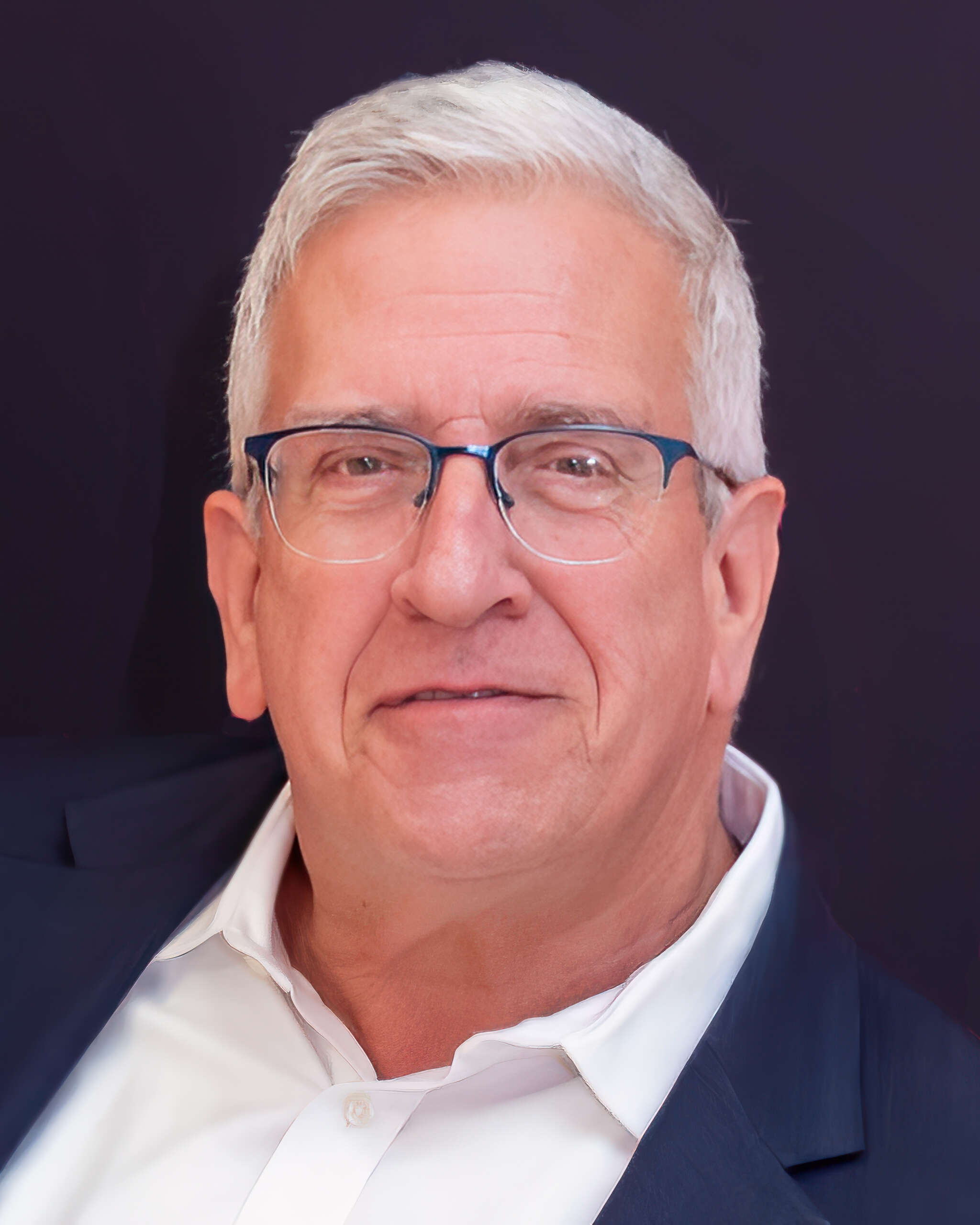The Social Security Administration’s (SSA) ongoing effort to modernize its customer relationship management (CRM) technology has put the agency’s customer service capabilities “on the edge of something extraordinary,” said Sam Richardson, SSA’s associate commissioner for the Office of Electronic Services and Technology, today at the Pega Government Empowered conference in Washington.
Richardson talked about SSA’s CRM modernization journey that has produced – with the help of Pegasystems – its new Technician Experience Dashboard that is used by frontline agency employees as they serve customers, and showed how the dashboard simplifies information flows and puts more useful data in front of SSA employees so they can better serve customers.
“I have the privilege of working not only with the Pega team, but also with an extraordinary group of people at the agency … and we have navigated an extraordinary change with modernizing our systems,” Richardson said.
The stakes involved in improving customer service at SSA are very high, Richardson emphasized.
She said that 72 million Americans “depend on Social Security, 54 million of those are retirees, 8.3 million are disabled workers, 6 million are survivors, and 7.1 million receive” supplemental security income.
“The reason it’s important to share with you who we serve is because how we serve them ultimately requires us … to have clarity in our process, simplicity in our policy, and technology that enables those employees to deliver on that mission to those members of the public.”
“The customers that we serve are generally folks that come to us at challenging points in their lives,” Richardson said, adding that customers come to interact with the agency over a total of 150 “workloads and reasons [that] someone would come into an office when they’re receiving benefits.”
With the new CRM systems that were fully implemented last year, she explained how SSA employees serving customers can more easily access a customer’s basic information, but can also quickly get to other necessary records.
Integration of all of those information sources, she said, “is critical to enable positive customer outcomes. If that doesn’t happen, none of this is successful.”
Richardson also explained that the overhauled CRM capability is about “achieving one view of the customer” because “we have many views of our customers across many operating components because we’re organized by service delivery channel by type of work we do and by type of job employees do with the agency, and that model does not work for us without a single view of the customer” that “can be shared across all of those silos.”
For other organizations contemplating similar CRM improvement journeys, Richardson had plenty of tips to offer.
“My advice … is really to look at your process first, make sure your data is in a ready state, that you’re not trying to display 60 versions of the same data,” she said.
“Make sure your teams are aligned,” she further advised. “We have a lot of tools moving out on similar and shared problems, your problem statements have to be clear … and the whole agency has to be aligned to solving that problem,” she said.

